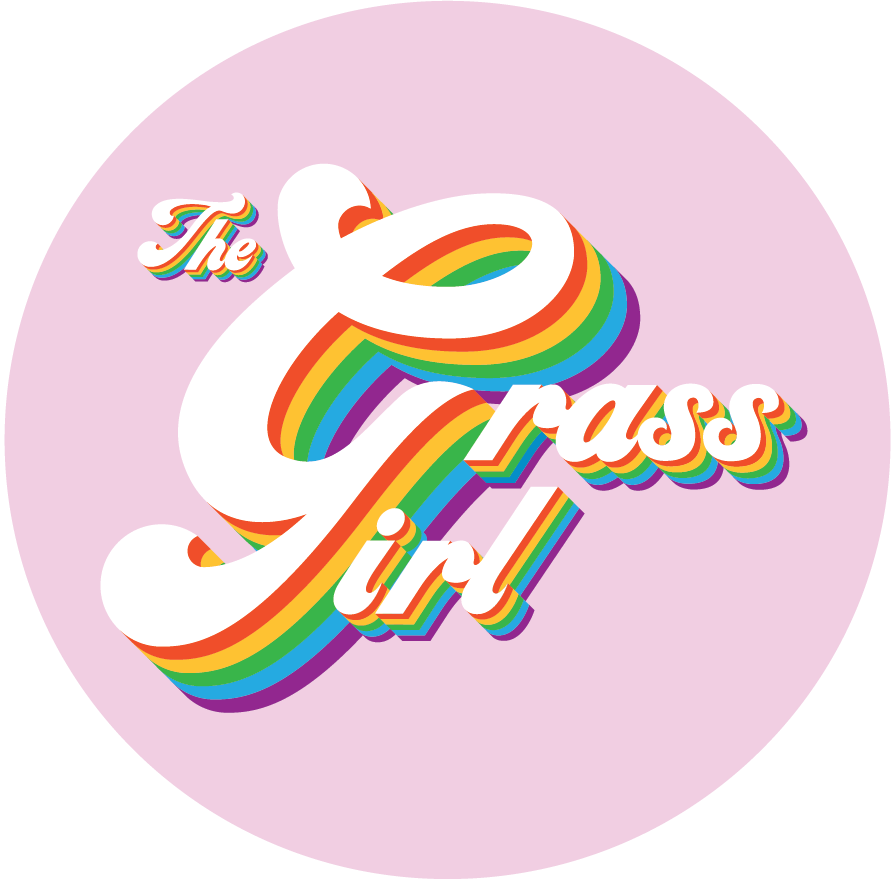Designing a Native Pollinator Style Garden in Nashville USDA zone 7a
Native Pollinator Garden Styles for Nashville's Zone 7a
If you live in Nashville's Zone 7a and are looking for a way to support your local ecosystem while beautifying your outdoor space, consider designing a native pollinator garden. These gardens not only add to the beauty of your landscape, but they also provide valuable habitat and food sources for local pollinators, such as bees, butterflies, and hummingbirds.
When designing a native pollinator garden, it's crucial to select plants that are native to your area. Native plants have evolved with the local ecosystem and are well-suited to the climate, soil, and pests of the region, making them hardy, low-maintenance, and excellent for attracting local pollinators.
Native pollinator gardens in Nashville's Zone 7a can be designed in a variety of styles, from formal to naturalistic. Consider incorporating features such as native grasses, wildflowers, and small water features to attract a diverse array of pollinators.
Here is a list of native plants that are well-suited to a pollinator garden in Nashville's Zone 7a:
Butterfly weed (Asclepias tuberosa)
Smooth blue aster (Aster laevis)
False indigo (Baptisia australis)
Purple coneflower (Echinacea purpurea)
Cardinal flower (Lobelia cardinalis)
Wild bergamot (Monarda fistulosa)
Foxglove beardtongue (Penstemon digitalis)
Black-eyed Susan (Rudbeckia hirta)
Rough-leaved goldenrod (Solidago rugosa)
New England aster (Symphyotrichum novae-angliae)
Turtlehead (Chelone glabra)
Threadleaf coreopsis (Coreopsis verticillata)
Joe-pye weed (Eupatorium purpureum)
Sneezeweed (Helenium autumnale)
Blue flag iris (Iris versicolor)
Dense blazing star (Liatris spicata)
Great blue lobelia (Lobelia siphilitica)
Virginia bluebells (Mertensia virginica)
Pink evening primrose (Oenothera speciosa)
Clustered mountain mint (Pycnanthemum muticum)
Grey-headed coneflower (Ratibida pinnata)
Indian pink (Spigelia marilandica)
Ohio spiderwort (Tradescantia ohiensis)
Giant ironweed (Vernonia gigantea)
Golden Alexanders (Zizia aurea)
In addition, here are some native grasses that can add interest and provide habitat for pollinators in Nashville's Zone 7a:
Big bluestem (Andropogon gerardii)
Sideoats grama (Bouteloua curtipendula)
Canada wild rye (Elymus canadensis)
Switchgrass (Panicum virgatum)
Little bluestem (Schizachyrium scoparium)
Native pollinator gardens are not only a beautiful addition to your landscape but also an excellent way to support local biodiversity. By planting native species, you can help to restore and protect the natural ecosystems that have been lost to urbanization.
Now that we have a list of native plants that are well-suited for your pollinator garden, let's dive into some additional considerations to keep in mind when designing your garden.
First, it's essential to choose plants that bloom at different times throughout the growing season. Pollinators need nectar and pollen sources throughout the year, so a diverse selection of plants that bloom in spring, summer, and fall will help ensure a continuous food supply for them.
Another design consideration is to create areas of varying heights and textures within the garden. This will provide different habitats for a variety of pollinators, including ground-nesting bees, hummingbirds, and butterflies.
Incorporating native grasses, like little bluestem or big bluestem, can help create habitat for pollinators and provide a contrasting texture to the garden's wildflowers.
A water source can also be an attractive feature for pollinators in your garden. Consider adding a small fountain, bird bath, or shallow dish of water for them to drink and bathe in. The sound of moving water can also be a calming element for garden visitors.
When planning your garden, it's important to consider the garden's overall design and aesthetics. Native pollinator gardens can be designed in a variety of styles, from a formal garden with defined edges and symmetrical planting to a naturalistic garden with a more relaxed, free-flowing style.
As you design your garden, consider the use of hardscaping elements, such as paths or retaining walls, to add structure to the garden and guide visitors through the space. Using natural materials like stone or wood can help create a cohesive look with the garden's natural elements.
In addition to being visually appealing and beneficial to pollinators, native pollinator gardens can also have ecological benefits. By planting native species, you help to support the local ecosystem and create habitat for wildlife.
Native plants have evolved to thrive in Nashville's specific growing conditions, making them more resilient to pests and diseases, and requiring less maintenance than non-native plants.
Lastly, consider the long-term maintenance of your pollinator garden. Native plants are low-maintenance, but they still require care and attention. Removing spent flowers, managing weeds, and providing water during dry spells can help your garden thrive and continue to support pollinators for years to come.
In conclusion, designing a native pollinator garden in Nashville's zone 7a can be both visually appealing and beneficial to the local ecosystem. By selecting a diverse range of native plants that bloom throughout the growing season and incorporating elements like varying heights, textures, and water sources, you can create a garden that provides valuable habitat and food sources for pollinators.
Additionally, using hardscaping elements can add structure to the garden, while choosing native plants can provide ecological benefits and require less maintenance in the long run.
With careful planning and attention, your native pollinator garden can become a beautiful and thriving ecosystem in your outdoor space.



